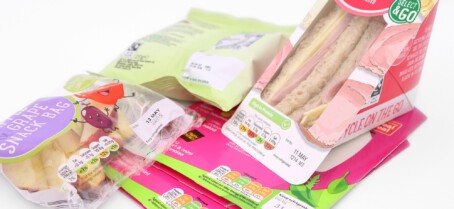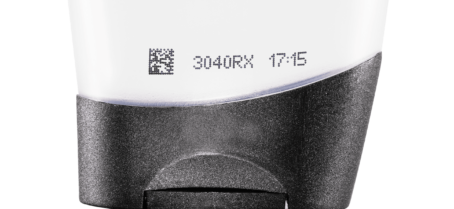1. The substrate you’re printing onto
Is it porous? Non-porous? Is it glossy or matte? These substrate properties help determine the technology and ink that you will need to achieve a print that is legible and durable.
We’ll always ask for a sample before fully committing to a printer/ink combination. This allows us to carry out in-house print tests to ensure that you are offered the best solution for application needs.
2. The shape of the product
There are two types of printing technology – contact and non-contact. Contact printers require the printhead to be in direct contact with the substrate they are printing onto, whereas non-contact printers ‘throw’ ink onto the surface from a distance.
Contact technologies include thermal transfer and hot foil, whereas contact-free technologies include laser, continuous inkjet (CIJ) and thermal inkjet (TIJ).
If your print surface is flat, then either contact or non-contact printers could do the job. However, if the area that you want to print is curved, you’re limited to contact-free. The option you choose will usually come down to the curvature of the print area. If it is slightly curved, then a TIJ may do the job perfectly. However, if the curve is considerable, laser or CIJ is best.
6. The information to be printed
Are you printing static data like a company logo or part number? Or do you need to print variable information such as date codes or batch numbers?
If variable data is required, think about how often it will need to be updated. Do you want a solution that updates automatically, or would you prefer a setup where an operator manually updates the information as needed?
Clarifying these needs will help you find a system that aligns with your production process and keeps everything running smoothly.





